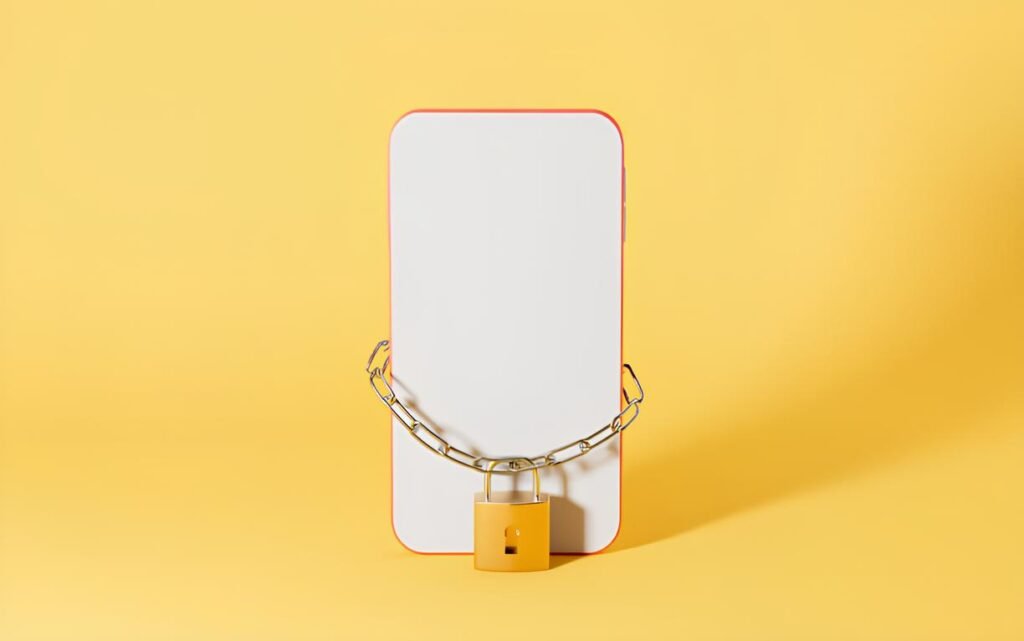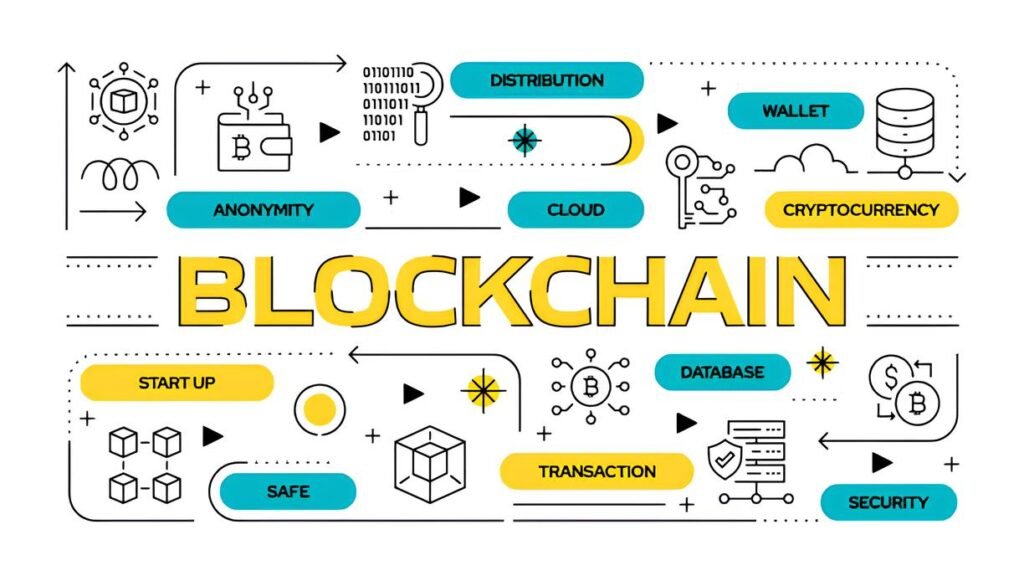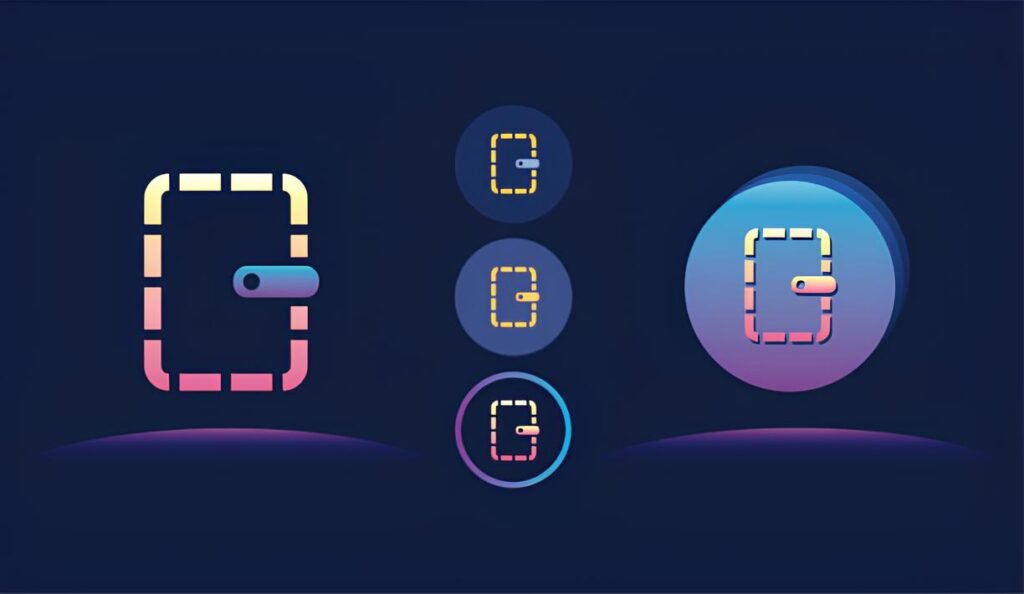Imagine jotting down your most sensitive thoughts, passwords, or financial details into a sleek notes app marketed as “end-to-end encrypted” and “zero-knowledge.” You trust this digital vault to keep your secrets safe—after all, encryption is the gold standard of privacy, right? But what if that app is quietly playing a different game? What if the very tool designed to protect your privacy becomes a privacy trap in disguise?
In This Article
- The Illusion of Encryption
- Metadata Leaks in “Encrypted” Notes
- How Synchronization Can Compromise Privacy
- Third-Party Integrations and Data Sharing
- Platform Trust and Open Source Transparency
- Steps to Choose Truly Private Notes Apps
- Balancing Convenience vs. Privacy
- Final Words on Encrypted Note Apps
The Illusion of Encryption
Encryption is often the headline feature for any privacy app, and for good reason. When done correctly, end-to-end encryption ensures that only you and your intended recipient can read your data. But many note-taking apps claim encryption without delivering on the core promise.
Here’s why: true end-to-end encryption means your data is encrypted before it leaves your device and can only be decrypted locally. However, some apps advertise “encryption” that works only on the server side—meaning your notes are stored encrypted on their servers but decrypted in the cloud before syncing or processing. In other words, the app company might have full access to your data.
Worse, some apps don’t clarify whether the encryption keys are under your control or managed by the service provider. This subtle difference makes a dramatic impact on your security.
Real-World Example
A popular encrypted notes app claimed complete privacy, yet its privacy policy revealed that encryption keys were generated and stored on company servers. When regulators or attackers request access, this backend control could expose all notes—even though the app’s marketing promised secrecy.
Metadata Leaks in “Encrypted” Notes
Even if an app genuinely implements end-to-end encryption, metadata can become a privacy leak. Metadata is the invisible data about your data—timestamps, IP addresses, device fingerprints, synchronization logs, and usage patterns.
For instance, if your encrypted note app syncs frequently with cloud servers, each sync event can leak when you last opened, edited, or created a specific note. Over time, adversaries can infer sensitive patterns, such as when you review certain information or how often you utilize the app.
Unfortunately, many encrypted note apps neglect protecting metadata. This oversight is a significant privacy hole, since metadata alone can be enough for targeted surveillance or behavioral profiling.
Metadata is frequently overlooked in privacy audits, but it can reveal more about you than the actual encrypted content.
How Synchronization Can Compromise Privacy
Many encrypted note apps depend on cloud synchronization to deliver seamless access across devices. While convenient, sync can be a minefield for privacy.
When notes sync in the background, your app may communicate with servers with identifiable device information, operating system metadata, and session data. This usually happens even if content is encrypted, because syncing protocols require certain unencrypted headers or identifiers.
Furthermore, automatic backups or history logs may retain older versions of your notes or deleted files, creating additional risk vectors. The unfortunate reality is that syncing opens the door to subtle privacy breaches, especially if encryption keys or authentication tokens are stored or transmitted insecurely.
Insight: The Dangers of Multi-Device Syncing
Consider users who access encrypted notes on smartphones, desktops, and tablets. Each device could handle keys and encryption differently, and a single weak link compromises the entire chain. For comprehensive privacy, encrypted data must remain accessible only by trusted endpoints, and syncing should avoid exposing identifiable metadata.
Third-Party Integrations and Data Sharing
Adding to the complexity, many note apps integrate third-party services for analytics, cloud storage, spell checking, or voice input—often without clear disclosures.
By connecting your encrypted notes to external services, you introduce multiple potential points of failure. Data might transit outside secured channels or unencrypted previews might leak through APIs. For example, pushing encrypted notes to a cloud provider without out-of-band verification risks exposing file names, sizes, or timestamps.
Also, many apps rely on advertising or freemium business models, which can incentivize collecting behavioral data for monetization, further undermining privacy promises.
Platform Trust and Open Source Transparency
Trust is the cornerstone of privacy tools, and open-source software shines by allowing community scrutiny of encryption implementations. However, many encrypted notes apps are proprietary black boxes—meaning users must trust the developer’s word alone.
Even well-intentioned companies can harbor accidental bugs or flaws leading to data leaks. Without open-source code or independent security audits, it’s impossible to verify claims of “military-grade encryption” or “zero-knowledge architecture.”
Beware of apps that prioritize speedy growth or flashy interfaces over cryptographic rigor and privacy-first design. Your notes might be encrypted, but if the core code isn’t transparent, you’re gambling with your secrets.
Look for apps vetted by the privacy community—tools with public audits, open-source repositories, and transparent key management practices usually offer more confidence.
Steps to Choose Truly Private Notes Apps
Finding a secure notes app is more than just relying on marketing buzzwords. Here’s a checklist to guide your decision:
- End-to-end encryption: Confirm that encryption is applied locally, before data leaves your device.
- User-held encryption keys: You should manage your keys—no server-side control or backup unless encrypted with your passphrase.
- No metadata leaks: Evaluate whether the app minimizes metadata exposure through anonymized syncing or no syncing at all.
- Open-source code and audits: Check for public security audits and active development transparency.
- Minimal third-party dependencies: Choose apps with limited or no integration with external services, especially analytics or data brokers.
- Local storage option: Prefer apps that allow fully local, offline usage without cloud backup to reduce exposure.
For users seeking high-level privacy, using a local encrypted container (like VeraCrypt) along with an open-source note-taking app can provide a safer alternative than cloud-based solutions.
Balancing Convenience vs. Privacy
It’s easy to expect perfect privacy with zero friction, but encrypted notes often force you into trade-offs. Cloud syncing, multi-device access, and usability may reduce security guarantees.
For example, if you sync your notes across devices without a robust key management system, you risk accidental key exposure or compromise. Conversely, offline or manual syncing approaches may safeguard privacy but require more effort.
Weigh what matters most to you:
- Privacy-first users might build personal setups with encrypted files and open-source apps like Joplin or Standard Notes used offline or over trusted networks.
- Casual users may accept limited risk for convenience, but should still vet app claims carefully and understand what data might be collected or exposed.
Final Words on Encrypted Note Apps
Encrypted notes apps are a critical tool in your privacy toolkit—but they’re not a magic shield. The reality is layered: encryption alone isn’t enough if your metadata leaks, syncing protocols are weak, or the app’s privacy promises don’t hold up under scrutiny.
Taking the time to identify apps with genuine end-to-end encryption, transparent practices, and minimal dependency on third parties is crucial. And remember that integrating privacy habits—like compartmentalizing sensitive data, timing syncing carefully, and using secure devices—further strengthens your defenses.
For those interested in deeper privacy workflows, it’s worthwhile to explore advanced digital hygiene techniques in articles such as how to practice good “data hygiene” across devices, which tie into secure note-taking practices.
Your notes deserve more than just a lock on an app—they deserve a thoughtful, layered approach to privacy that goes beyond encryption buzzwords. Because sometimes, what’s hidden in plain sight is the biggest digital trap of all.



